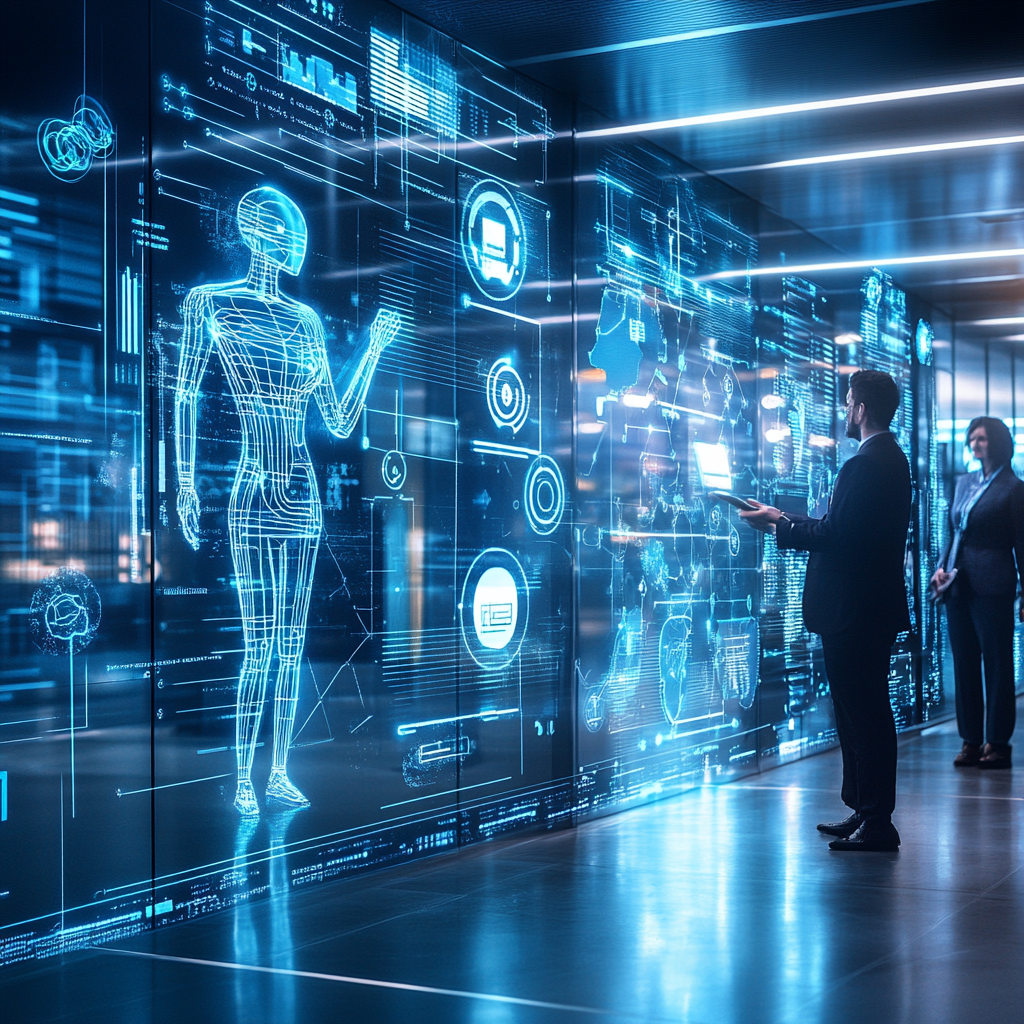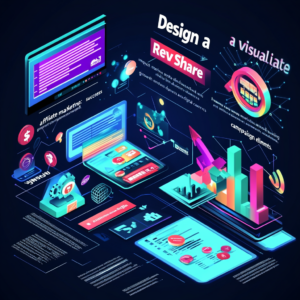
Navigating the Human-AI Spectrum in HR Management
Navigating the Maze of HR and AI: A Dance of Humanity and Machines
In the bustling world of Human Resources (HR), the scene is set for an intricate tango between the irreplaceable nuances of human intuition and the cold, calculated prowess of artificial intelligence (AI). Gone are the days when AI was merely a futuristic concept discussed in hushed tones at tech expos; it has elbowed its way into today's HR landscape, sprinkling both magic and mayhem in equal measure. So, how can HR teams make sense of this cavalcade of change? How can they harness the transformative potential of AI while keeping the warmth of the human touch intact? The stakes are high as we wade through this human-to-AI continuum, and understanding this balance might just be the key to creating a thriving workplace.
The Exponential Rise of AI in HR
Let’s dive into the shimmering world of AI and explore how it has evolved beyond a fleeting fascination to become an indispensable ally for HR professionals. Nowadays, AI is like a Swiss army knife, impeccably designed to streamline workflows, obliterate monotonous tasks, and churn through data faster than a caffeinated squirrel. It’s all about optimization, my friends. Recruitment? Performance management? Employee engagement? AI tools provide efficiencies, personalization, and scalability, all while galloping through heaps of data and spitting out actionable insights that help HR leaders make informed decisions quicker than you can say “big data.”
Let’s break it down:
-
Efficiency: The more we automate repetitive tasks, the less time we waste on admin drudgery. Hello, faster HR processes!
-
Personalization: With AI, each employee can feel like the star of their own show—tailored experiences in recruitment, onboarding, and even career development. Want the spotlight? AI’s got you covered.
-
Scalability: As your workforce grows and the data piles up, AI allows HR teams to juggle increasingly complex data without needing an entire army of analysts.
-
Data-Driven Decisions: Forget gut feelings. Enhanced analytics can reveal trends and predict outcomes that even the most seasoned HR pros wouldn’t see on their best day.
However, with great power comes the need for careful wielding. It’s essential that AI complements human judgment and enhances the human experience rather than commandeering it.
The Twists and Turns of AI Integration in HR
As much as we’d like to assume that integrating AI into HR processes is all rainbows and sunshine, reality delivers a bit of thunder and lightning to our fairytale. One of the key challenges HR professionals face is not just technical issues but a quagmire of ethical and operational dilemmas.
Data Privacy and Security: First on the worry list is protecting sensitive employee data. AI thrives on large datasets, but this hunger amplifies risks of breaches and privacy violations. Pair that with the pressure of regulations like GDPR, and it’s a high-stakes game of data poker.
Bias and Fairness: AI can be as prejudiced as an old-school judge if it doesn’t get the right training. Algorithms can unintentionally perpetuate biases. It’s like baking a cake but using spoiled ingredients—no one wants a biased hiring process, so monitoring AI-driven decisions is a must.
Maintaining the Human Touch: When it comes to delicate HR functions like onboarding or conflict resolution, the heart matters. Some things will just never sit right when they’re run through an algorithm. If HR becomes a cold machine, you can kiss employee trust and positive culture goodbye.
Ethical Considerations: AI is a double-edged sword in HR; it raises questions about accountability and job displacement risks. Balancing innovation with ethical responsibility is a challenge that demands finesse and careful navigation.
Operational and Adoption Barriers: Finally, let’s talk about speed bumps. Many HR departments feel like they’re trying to drive a race car while stuck in traffic. Limited expertise, financial constraints, and resistance to change stymie progress. It’s a restless situation, as surveys show many HR leaders are still wrestling with the fundamentals of AI integration while other departments speed ahead.
Finding Harmony: Strategies for HR
All is not lost, dear reader! While navigating the human-to-AI dance may feel daunting, strategies exist that can lead HR teams towards a harmonious blend of innovation and humanity.
-
Education and Awareness: Knowledge is power, especially when it comes to understanding AI’s capabilities, limits, and risks. Arm your HR warriors with robust training programs that skip past the fluff and get straight to the point.
-
Clear Strategy and Leadership: Develop a clear roadmap for AI integration aligned with your organization’s mission. This should include ethical oversight and data privacy compliance, making sure your GPS is set to "responsibility."
-
Incremental Implementation: Don’t jump into the deep end; start with pilot projects that allow for experimentation and fine-tuning of AI applications. Think of it as dipping your toes before cannonballing into the pool.
-
Fostering Collaboration: Partnering with IT is essential to ensure you have the tech support and regulatory compliance needed to keep everything grounded and secure.
-
Maintaining Human Oversight: Regularly evaluate AI outputs and ensure that human empathy remains in critical HR interactions. Algorithms can be wise, but they’ll never throw a morale-boosting pizza party.
-
Transparency and Communication: Open conversations about AI’s role with employees pave the way toward building trust and alleviating fears while supporting ethical standards.
The Path Ahead: A Future of Synergy
As we gaze into the crystal ball of HR's future, AI integration looks poised to unlock new efficiencies and insights. Still, the shadows of bias, privacy issues, and the risk of losing human rapport loom large. It’s a challenging landscape; HR’s role is shifting from mundane personnel management to becoming stewards of both technology and human values.
Embracing AI where it adds value should be the mantra, while simultaneously championing empathy, equity, and ethical responsibility. In this exciting era of AI, HR teams equipped with knowledge, strategy, and collaborative spirit will steer their organizations successfully through the twists and turns of the human-to-AI dance.
For more insights into this riveting topic and to keep pace with the rapid changes and tribulations in HR's AI integration, dive into a treasure trove of resources—arm yourself with insights from Leapsome’s AI and Human Resources blog, SHRM’s deep dive into AI challenges and opportunities, and AIHR’s strategies for smart AI integration in HR.
So, if you want the inside scoop on the electrifying developments in neural networks and automated strategies, take the plunge and subscribe to our Telegram channel: @ethicadvizor. Get ready to ride the wave of the future!

